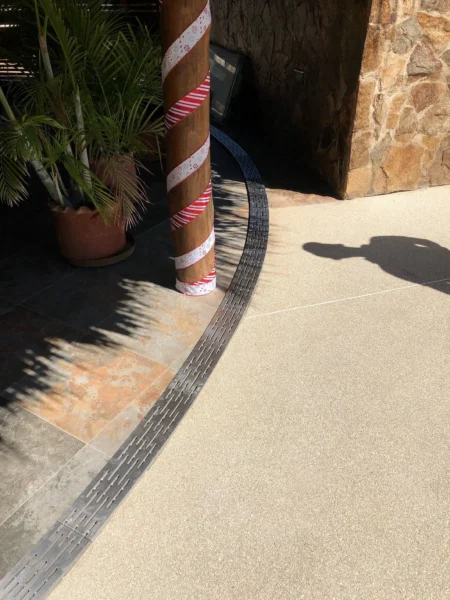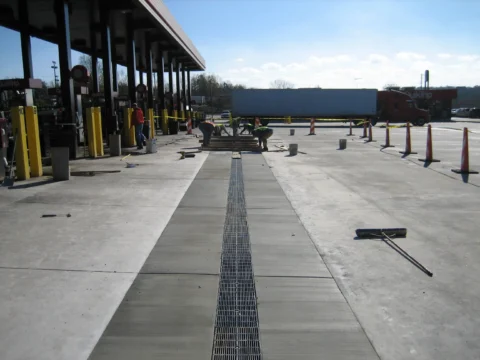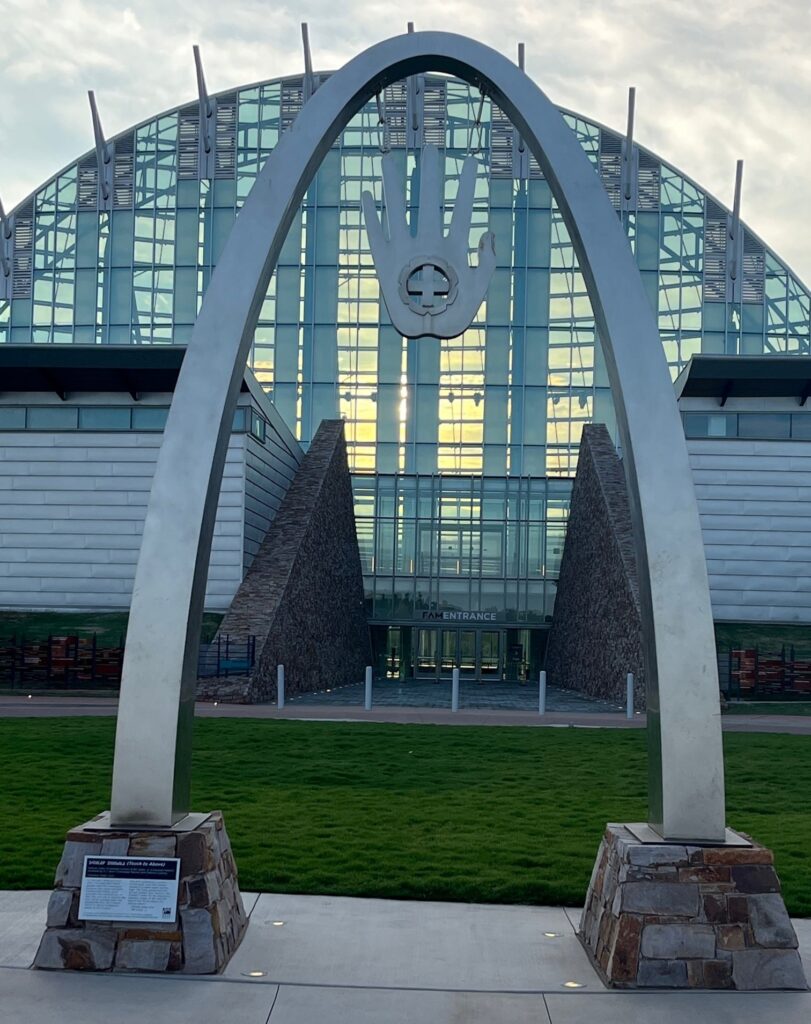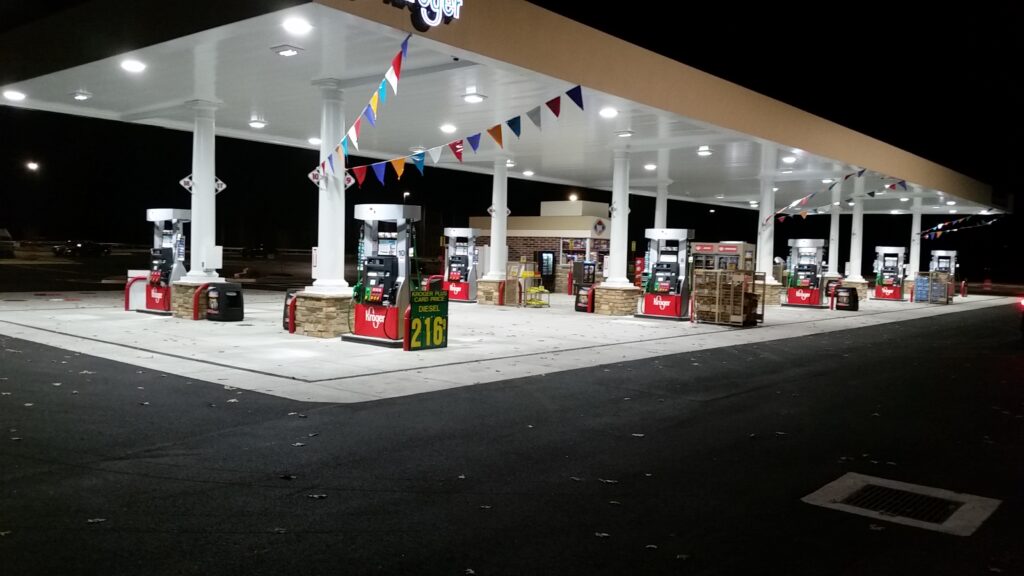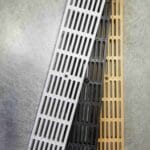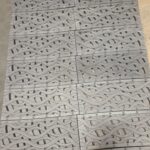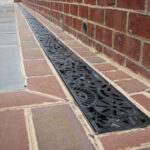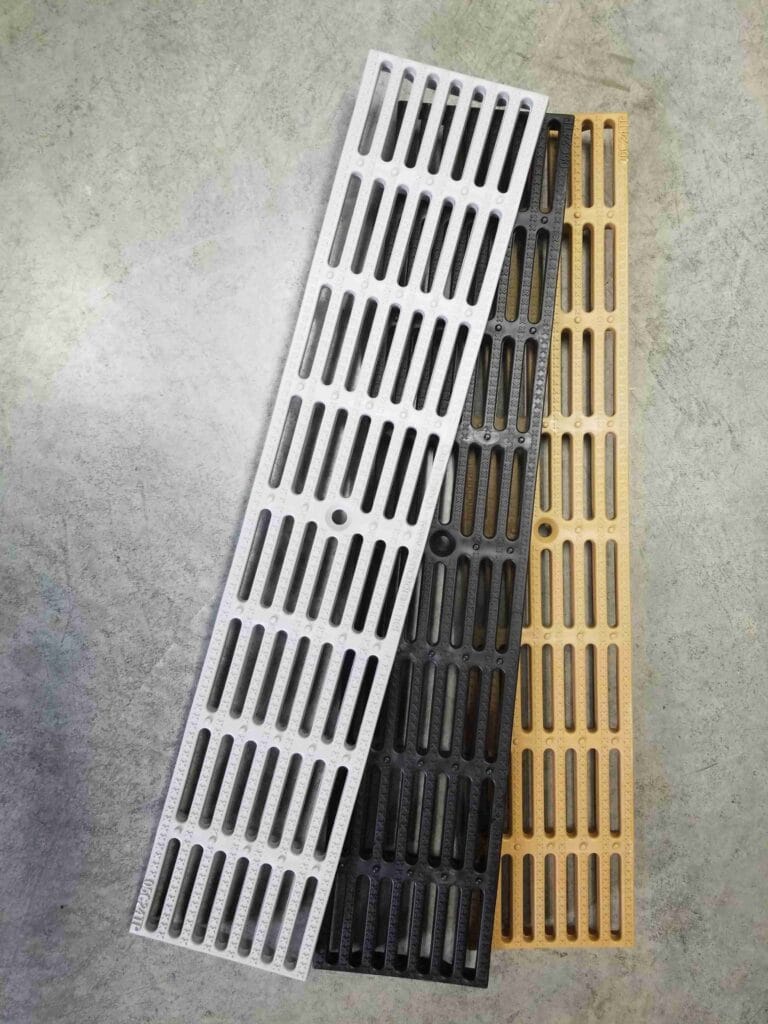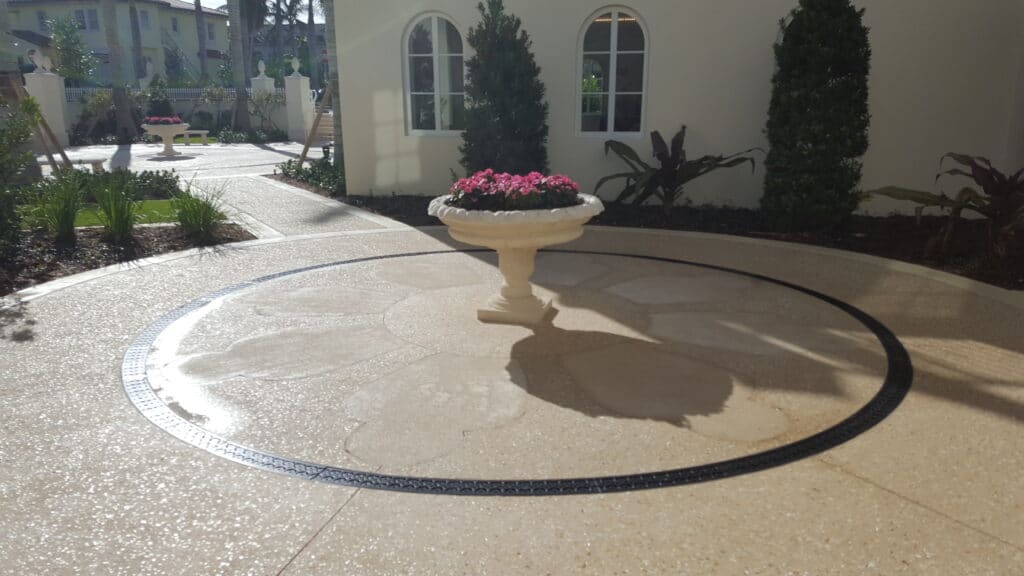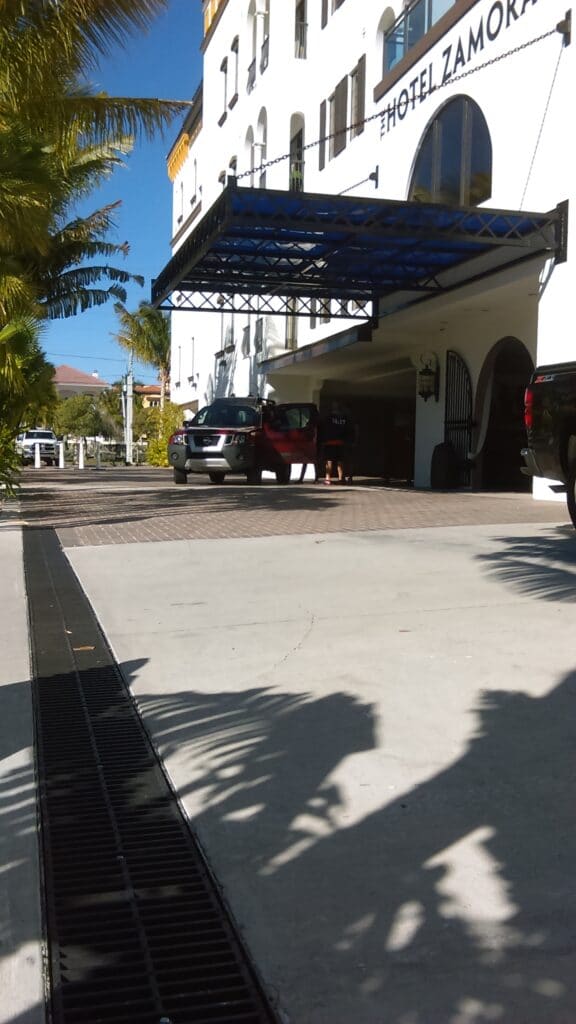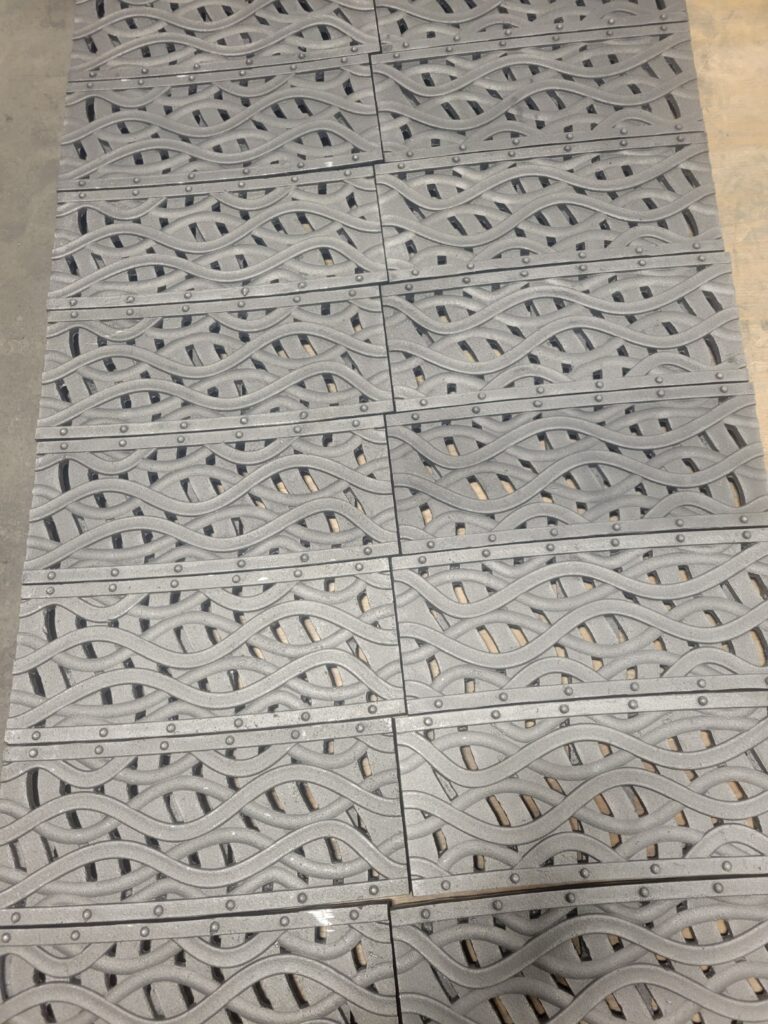When drainage solutions are needed for a home or business, most people are not sure whether they need a French drain or a trench drain. These two drain types can provide similar services, but they do not work in the same way and might not be appropriate in every instance. Knowing which kind of drain provides which kind of function can make all the difference when you are doing your drainage installation.
French drains and trench drains are both widespread drainage solutions, but they serve very different purposes and should be used in situations where each style of drain is most effective. The more you know about the differences between these two kinds of drains, the easier it will be to choose the right drainage solution for your specific needs.
Why Use a trench Drain?
The trench drain is exactly what the name says it is. This drain is made from a pre-formed trench that funnels water away from an area to a collection point or the sewer system. Trench drains are covered with gratings of various types, which protect the drain from being filled with debris and keep them from being a trip-and-fall hazard. Trench drains can be made of various materials and be covered with various kinds of gradings to create maximum performance in every application.
Trench drains are very common for business locations such as warehouses, breweries, and food manufacturing locations. This is an ideal drain type for high volumes of water runoff as well as chemical drainage that could damage surrounding surfaces or cause health risks. Trench drains make sure that there are boundaries between different areas of your property or business working spaces as well.
This kind of drain is easy to care for and simple to clean and is ideal in situations where the drainage in question could lead to a health risk if not managed properly. Due to the simplicity of care for this kind of drainage system, it is often favored for business needs but can be readily applied to in-home systems as well.
The drain covers that you select for your trench drain can also be made to be decorative and pretty to look at, which can be ideal for locations around a home. Many people believe that trench drains cannot be made to be attractive, but this is not the case.
Why Use a French Drain?
A French drain is a common drain system for garden paths and walkways. A French drain is not an open trench like a trench drainage system and is instead made to attend to water that is seeping through the ground and creating puddles or standing water. This kind of drain is made to handle the occasional rainstorm and is not meant to handle the kind of water runoff, but a trench drain is.
One of the main reasons that this drain system is not often used for areas with lots of water runoff to manage is that this drain system is quite hard to install, and it also often cannot handle high volumes of water with ease. This is also a less-than-ideal solution if you want to be sure that you will not have to deal with standing water near buildings.
French drains are made by digging a trench and placing a perforated pipe inside the track that is then covered by a crushed pebble or rock material. The entire drain is then covered with soil and is barely visible, which makes this solution ideal for areas where you don’t wish your drainage solution to be in plain sight.
How to Choose Between a French Drain and a Trench Drain
So how do you choose between a French drain and a trench drain? The answer is fairly simple, which makes it easy to know which is the right drain for your needs. Each of these drains serves a very different purpose which makes it simple to know where one application is preferred over the other.
A trench drain should always be installed in locations where water is pooling on the ground. When there is no issue with flooding, a French drain can be the right solution. Trench drains are best used in situations where landscaping is not present, and hard surfaces like walkways or driveways need to be drained. French trains are ideal in places where you do not have hard surfaces to worry about, and you only have some standing water. The French train will often take great care of your garden or a pathway that is not paved, which is the most common use for this kind of drain.
You could easily use both kinds of drains around your house or business. Remember that French drains are more costly and time intensive to install, and they are not going to hold up to large amounts of water volume. While it might seem attractive to hide the drain from the site this is not always the best solution for every application. Remember as well that accessing the benefit of skilled design and installation support is typically the best way to go about installing any drain system that you might need.
French Drains and Trench Drains Serve Unique Purposes
Both French drains, and trench drains serve unique purposes and can be highly effective in the situations where they perform the best. If you are dealing with a high volume of water runoff that needs to be removed from a location, a trench drain will always be your best and most affordable bet. French drains are nearly invisible and can be the right solution for areas where you want to maintain a natural appearance without visible drainage.
A trench drain system will always be more affordable to install than a French drain system, and there are many instances where trench drains are far superior to the performance of French drains. The more that you know about these two kinds of drains and the differences between them, the easier it will be to determine which drain is the right drain for each application.

